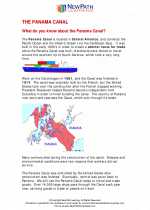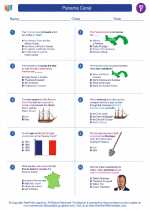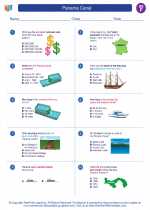Nowruz: The Persian New Year
Nowruz, which translates to "New Day," is the Persian New Year and marks the beginning of spring. It is celebrated by millions of people across the world, particularly in Iran and Central Asia. Nowruz has been celebrated for over 3,000 years and is deeply rooted in the culture and traditions of the Persian people.
History
Nowruz has its origins in the ancient Zoroastrian religion and is believed to have been started by the legendary king Jamshid. It has been celebrated for millennia as a way to welcome the rebirth of nature and the beginning of a new year.
Traditions
Nowruz is a time for families to come together and celebrate. Some of the key traditions include:
- Haft-Seen Table: Families set up a special table with seven symbolic items, each starting with the Persian letter "seen," such as sprouts, garlic, apples, and vinegar.
- Spring Cleaning: Before Nowruz, people thoroughly clean their homes to welcome the new year and get rid of any bad luck.
- Visiting Loved Ones: It is customary to visit relatives and friends, give and receive gifts, and show respect to elders.
Celebrations
The festival usually lasts for 13 days, during which people engage in various activities such as visiting gardens, picnicking, and participating in public events and parades. On the 13th day, families go out into the countryside for a picnic, marking the end of the celebrations.
Study Guide
Nowruz is a rich and colorful celebration with deep cultural significance. To study and understand this important holiday, consider the following questions:
- What are the origins of Nowruz and how has it evolved over time?
- What are the key traditions associated with the celebration of Nowruz?
- How is Nowruz celebrated in different parts of the world?
- What are the symbolic meanings behind the items on the Haft-Seen table?
- What are some of the modern interpretations and adaptations of Nowruz in contemporary society?
Exploring these questions will provide a deeper understanding of the cultural, historical, and social significance of Nowruz.
.◂Social Studies Worksheets and Study Guides Sixth Grade. Panama Canal

 Worksheet/Answer key
Worksheet/Answer key
 Worksheet/Answer key
Worksheet/Answer key
 Worksheet/Answer key
Worksheet/Answer key
